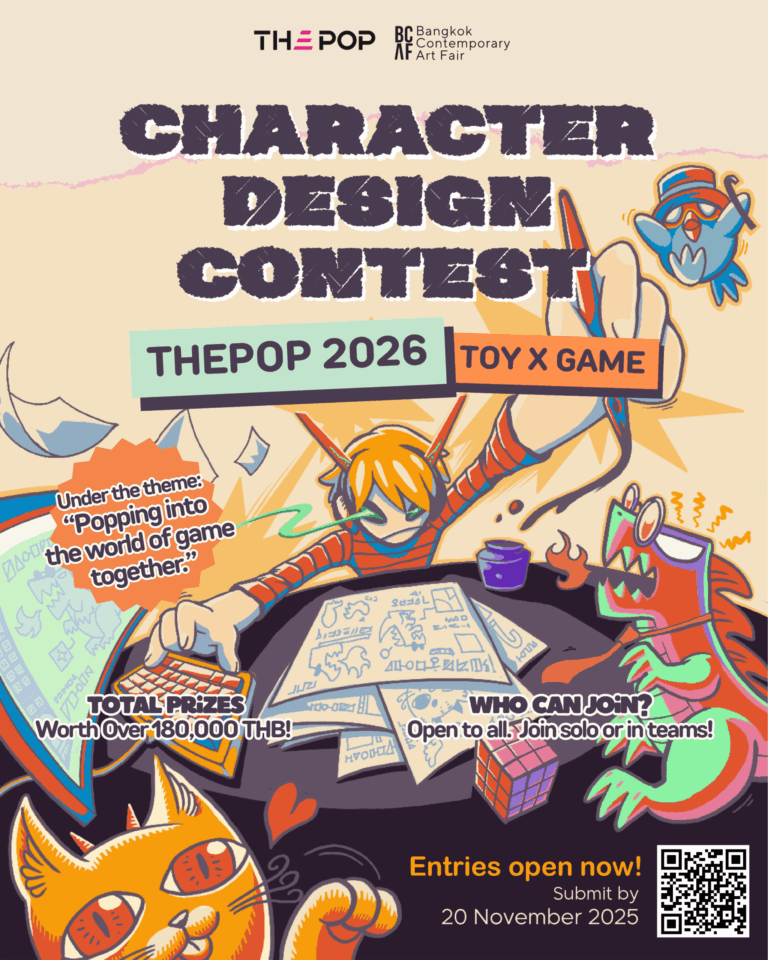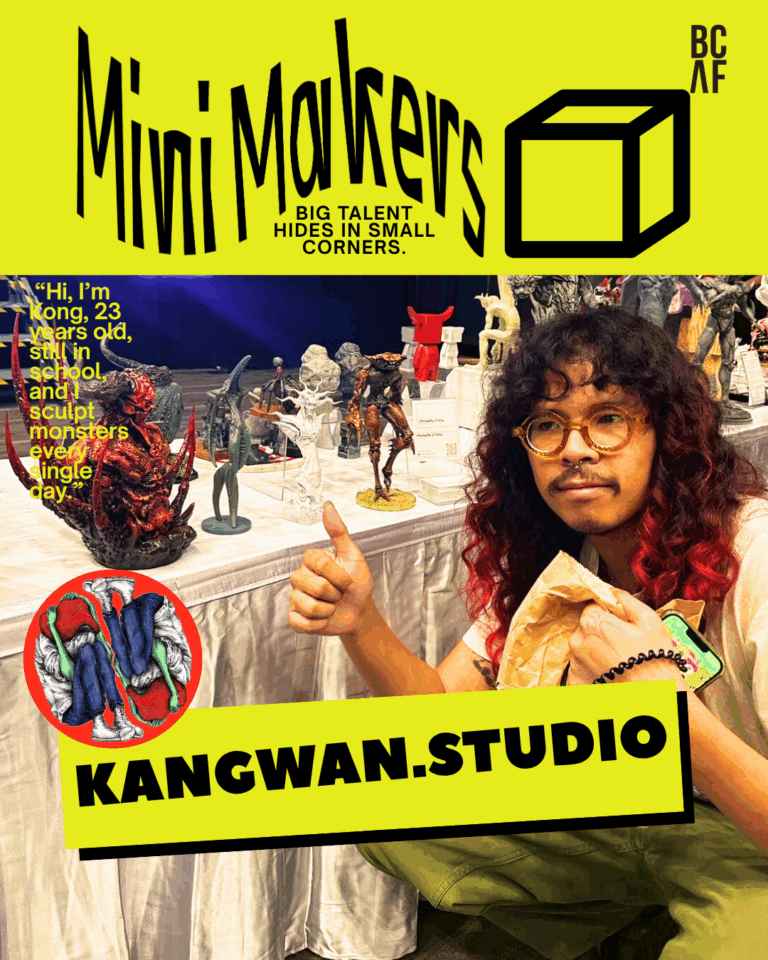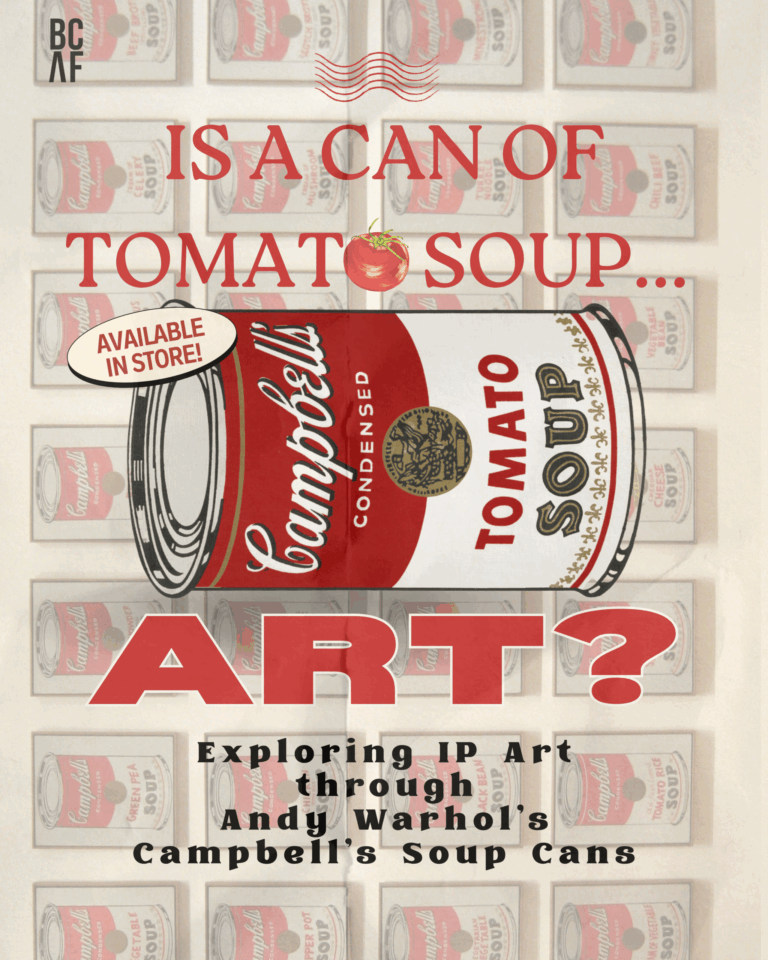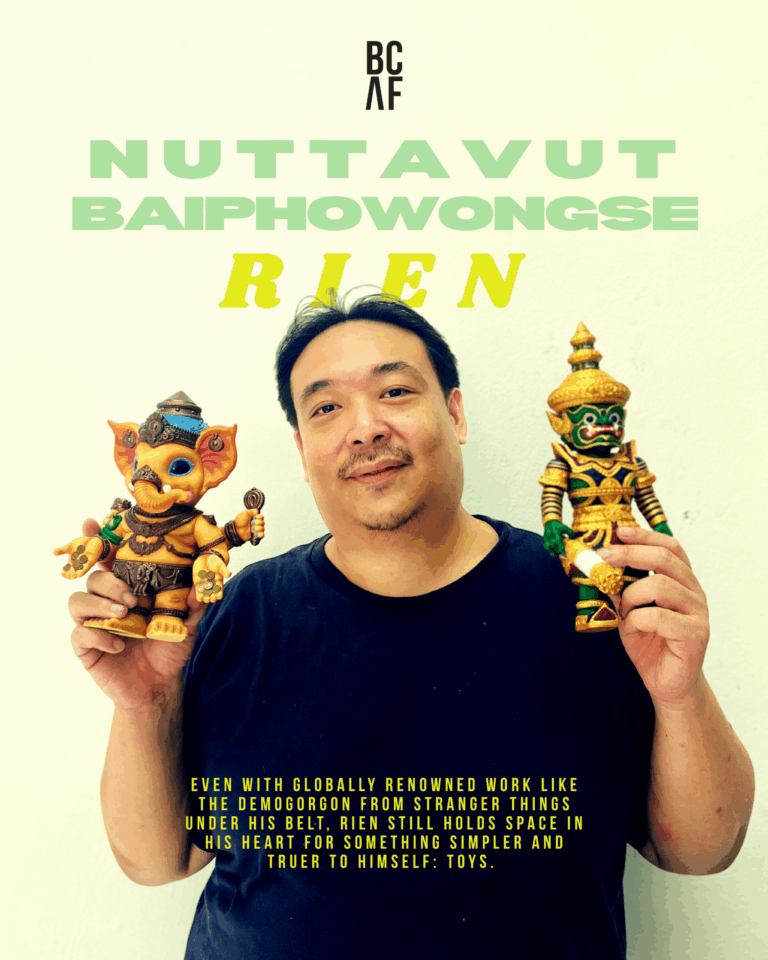“Blind boxes,” “Gen Z,” and “FOMO (Fear of Missing Out)” — three words that seem totally unrelated. But who would’ve thought they’d end up colliding? Let’s dive into the surprising connection between blind boxes, the consumer identity of Gen Z, and the psychology of FOMO!
Believe it or not, the origin of the “blind box” was as simple as Japanese retailers trying to clear old inventory! Back in the late Meiji era, Japan introduced something called Fukubukuro (福袋), or “lucky bags.” Every New Year, stores would bundle unsold items into identical, sealed bags, and customers would buy one at random without knowing what was inside. Sound familiar? That’s basically the OG blind box!
Since then, the blind box trend has evolved and expanded, leading up to the recent rise of Pop Mart, a Chinese art toy company that’s become a major player in the space. Their collectible figures, known for their distinctive designs and premium packaging, are especially appealing to Gen Z — a generation with very different buying habits from those before them.
Gen Z isn’t just “buying stuff” — they’re buying meaning. They value design, individuality, and the experience that comes with a product.
Blind boxes are right up their alley: not just a purchase, but a playful emotional journey — from choosing the box, to paying for it, to that exciting moment of reveal. The thrill, the unpredictability, the hope for a rare item — all of it makes each unboxing a unique and personal experience. That’s a kind of magic no other product has quite replicated.
Add in a healthy dose of FOMO — the fear of missing out — and it’s easy to see why Gen Z feels the need to own at least a few. When your friends, favorite influencers, or viral TikToks are all showing off their rare pulls, how can you not want in on the action?





